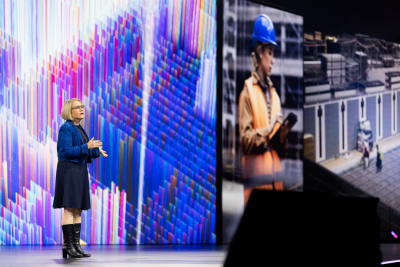When I express my enthusiasm for more practitioners of laser scanning and 3D data capture of all walks of life, I often get push back from some of the early adopters of the technology. They don’t like that these scanners are coming down in price and that so many folks are now offering the technology. How are they supposed to keep their margins and daily rates in tact if every Tom, Dick, and Harry is out there marketing laser scanning services?
It’s a valid question, but I think it misses what I and others mean when we talk about the expansion of the marketplace. People using handheld laser scanners, 123DCatch, even some of the people coming into the market with Faro’s less-expensive Focus3D, are not competitors to your traditional firm using laser scanning to survey roadways for civil infrastructure clients or create as-built documents for off-shore oil and gas platforms. Or, at least, the survey and engineering firms should be able to differentiate themselves in real terms from any brand-new entrants coming into the market with nothing but a laser scanner and a bunch of gusto. People will continue to pay for quality as long as that quality’s value is correctly articulated.
In fact, I think the rise of “frivolous” 3D data capture is a very good thing for the early adopters using laser scanning for industrial and other “serious” endeavors, and I use this week’s SPARVlog to articulate why:
Resources mentioned in the SPARVlog:
• Interview with artist Sophie Kahn on the Ponoko blog
• “Print Your Head in 3D” project on Make Projects – please note that the difficulty level is “easy” (also, I mispoke in my videoblog I now realize – it’s 123DCatch they’re using, which I knew, but couldn’t manage to say)
• My blog post on Richard Branson as ice cube





